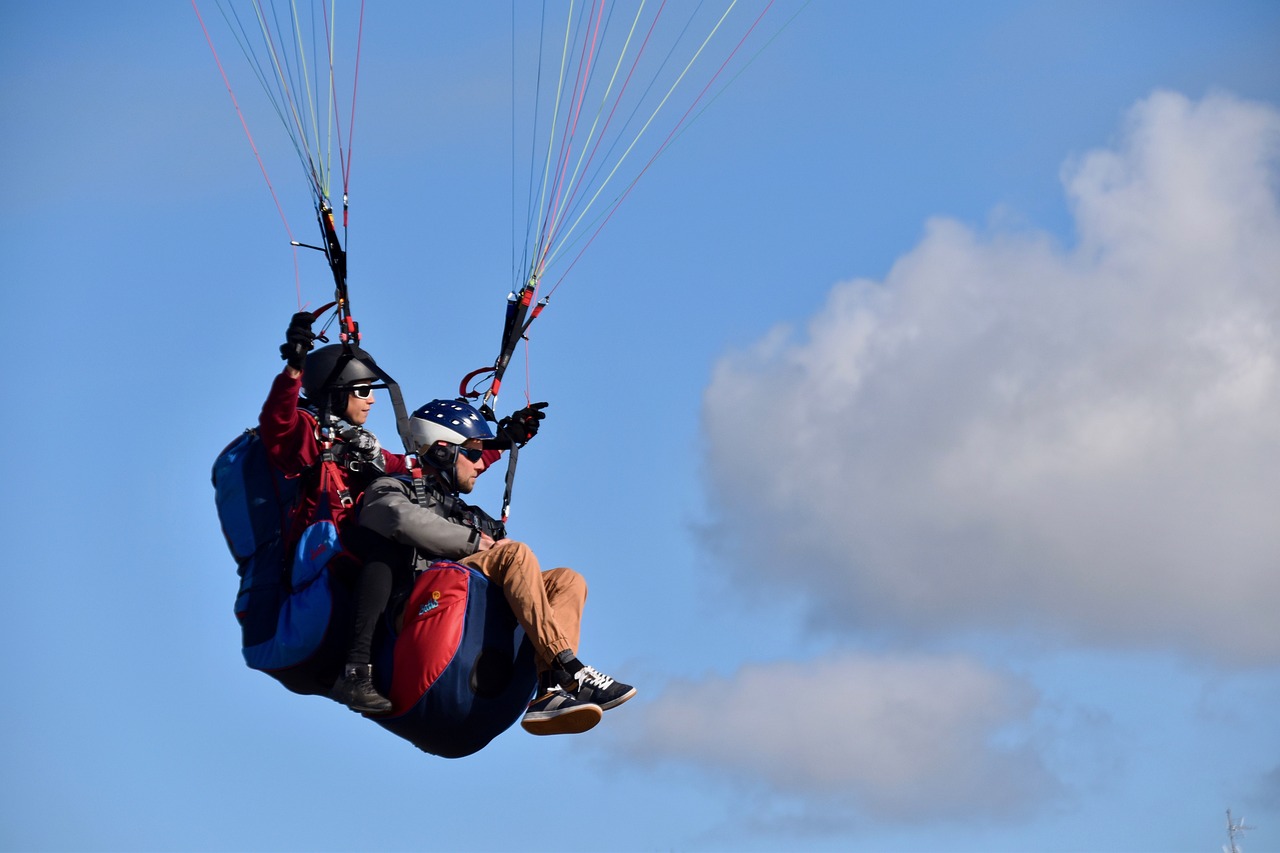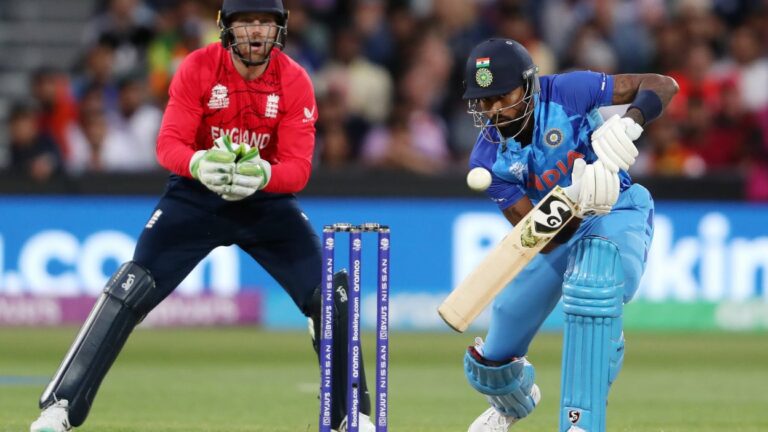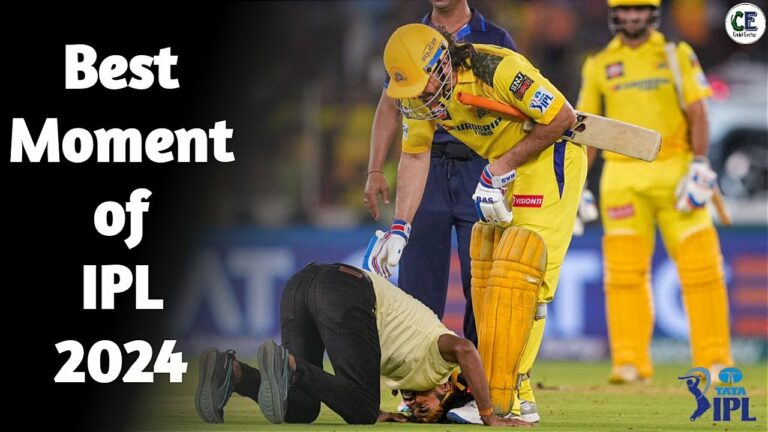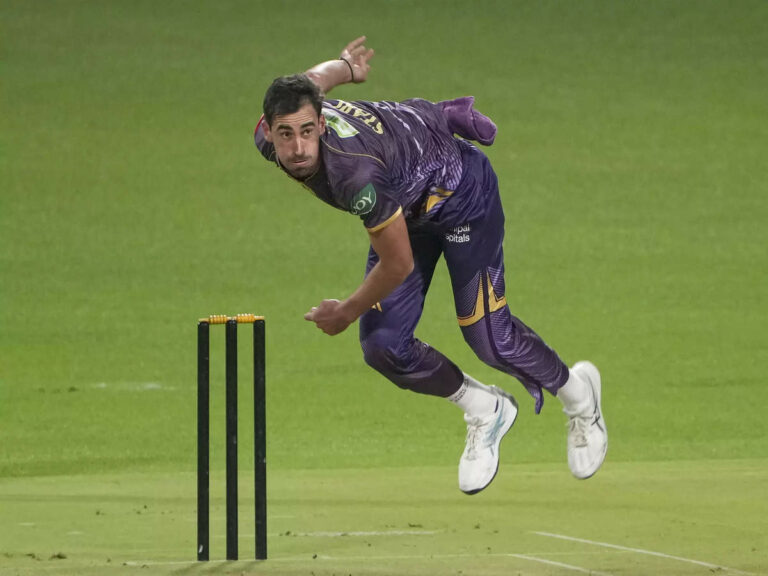Exploring Moisture Management in Cricket Pads
11xPlay, Allpaanel: Cricket pads play a critical role in providing protection to a batsman’s legs during a game. Usually consisting of thick padding, these pads are designed to absorb the impact of fast-moving cricket balls. The outer shell of the pads is typically made from durable materials such as PVC or polyurethane to ensure longevity and stability during intense gameplay.
One of the key features to look out for in cricket pads is the level of comfort they offer. Most pads come with adjustable straps that allow players to customize the fit according to their comfort preferences. Additionally, modern pads are designed with ventilation holes to prevent excessive sweating and aid in maintaining a cool and dry environment for the player throughout the game.
Materials Used in Cricket Pads for Moisture Management
Cricket pads are essential equipment for cricketers as they provide protection while batting and fielding. When it comes to choosing cricket pads with effective moisture management, the materials used play a crucial role. Materials such as high-quality polyurethane foam and moisture-wicking fabrics are commonly used in cricket pads to help keep the player’s legs dry during intense matches or practice sessions.
Polyurethane foam is known for its durability and impact absorption properties, making it an ideal choice for the construction of cricket pads. The foam not only cushions the legs but also assists in managing moisture by allowing air circulation, which helps in keeping the sweat at bay. Additionally, moisture-wicking fabrics like spandex and nylon are incorporated into the design of cricket pads to draw away sweat from the skin, keeping the player comfortable and focused on their performance on the field.
What are the key features of cricket pads for moisture management?
Key features of cricket pads for moisture management include moisture-wicking materials, ventilation panels, and anti-microbial properties to keep the pads dry and odor-free.
What materials are commonly used in cricket pads for moisture management?
Common materials used in cricket pads for moisture management include synthetic fabrics like polyester, spandex, and nylon, as well as breathable mesh panels for increased airflow.
How do moisture-wicking materials help in managing moisture in cricket pads?
Moisture-wicking materials are designed to pull moisture away from the skin and quickly evaporate it, keeping the pads dry and comfortable during play.
Why are ventilation panels important in cricket pads for moisture management?
Ventilation panels allow for increased airflow to help with the evaporation of sweat and moisture, preventing the pads from becoming damp and uncomfortable.
How do anti-microbial properties help in managing moisture in cricket pads?
Anti-microbial properties in cricket pads help to prevent the growth of odor-causing bacteria, keeping the pads fresh and hygienic even after long hours of use.







